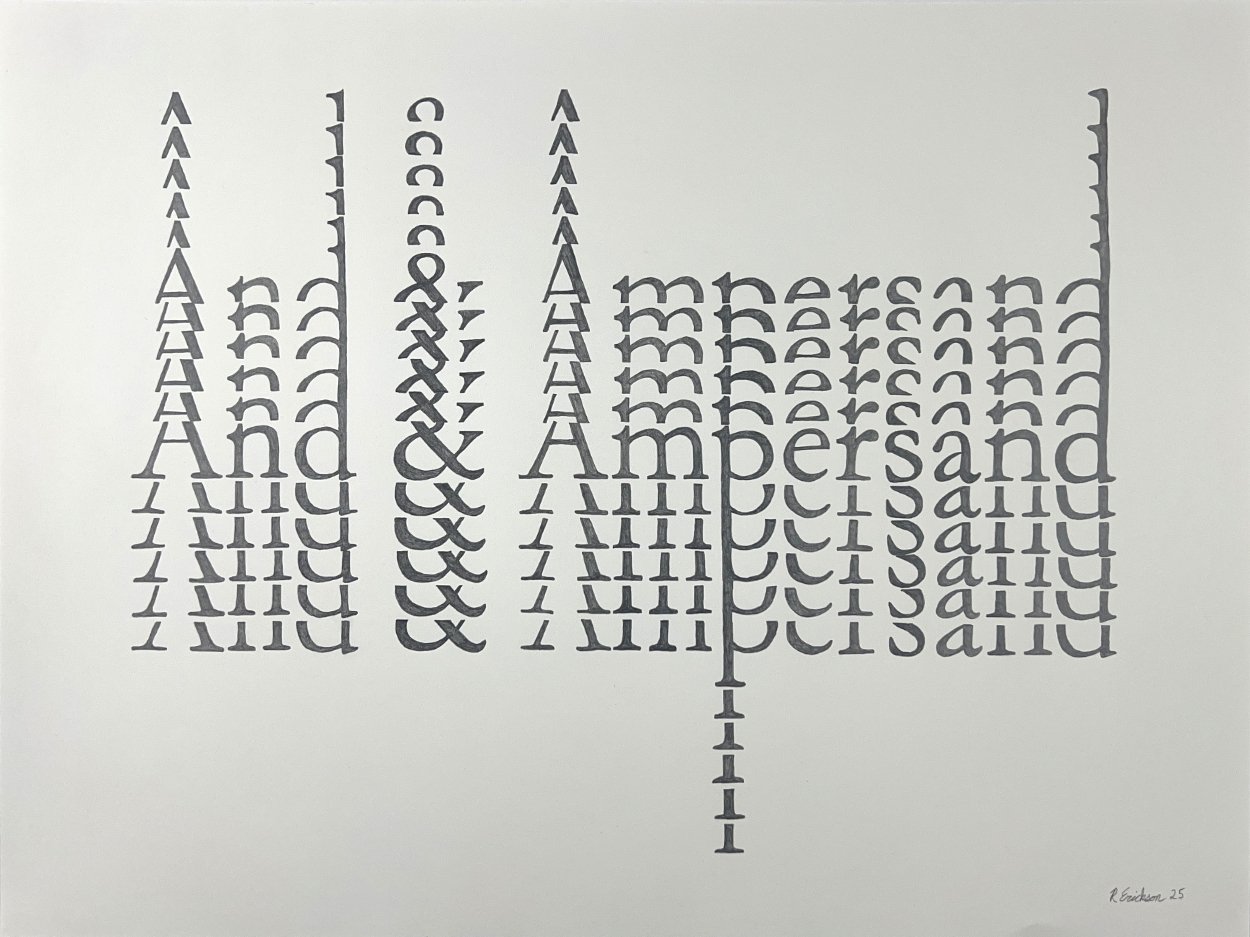Lately, I’ve been thinking a lot about certainty—how it's expressed, how it's used, and how it feels in a time when almost nothing is stable. My recent work revolves around declarative language—statements like “Yes!,” “No!,” and “Absolutely!”—the kind of language that demands authority and leaves no room for doubt. These phrases are everywhere in our culture, especially in political and commercial messaging. They’re designed to make us feel sure, aligned, convinced. But what happens when we start to question that certainty?
In the studio, I’ve been developing a subsidies of my text works that examine these types of statements not just as words, but as objects with weight—visual, spatial, and conceptual. I intend for these works to eventually exist as an installation. I fragment and recontextualize them and plan to paint them directly onto walls in large-scale formats that confront the viewer head-on. The work intentionally plays with readability and space, forcing moments of misreading and hesitation. The result is a kind of friction between what the eye sees and what the mind believes—a tension that reflects how language can simultaneously reveal and obscure meaning.
The political undertones are unavoidable. We’re living through a time when language is increasingly weaponized to distort truth and polarize discourse. Certainty has become both a tool and a trap—something we cling to, but also something that can be imposed upon us. By using visual language stripped of nuance yet open to interpretation, I want to explore that contradiction: the desire for clarity in a world that refuses to be pinned down.
These pieces aren't meant to provide answers. They are designed to sit in the space between conviction and confusion, inviting viewers to consider how language shapes not just what we think, but what we assume we know. In that space, I hope to make room for something far more valuable than certainty: reflection.
